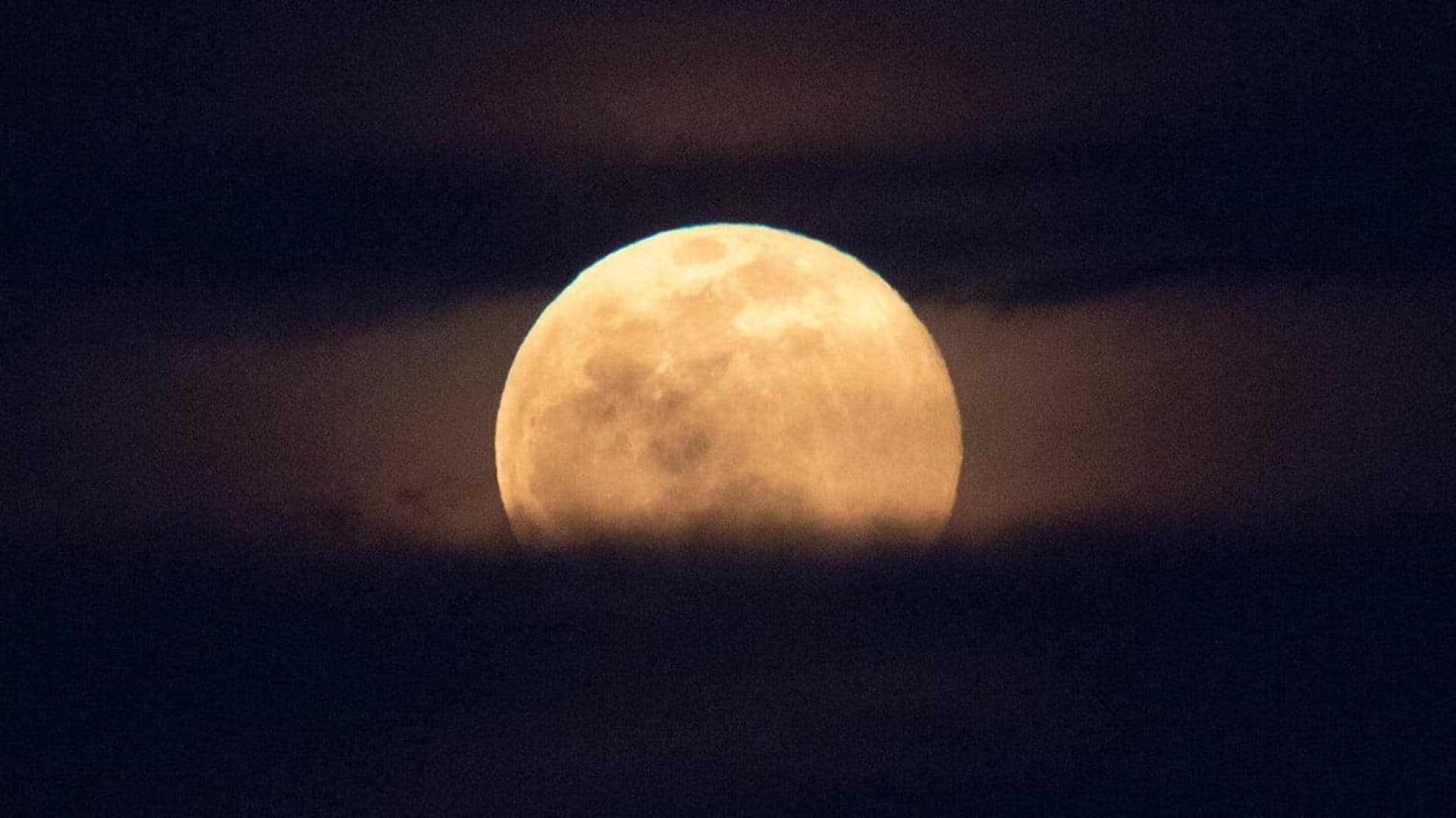
Pink Moon April 2023: History, significance, and watching tips
What's the story
We will see the glorious full moon light up the night sky this week, until Friday morning.
This will be the first full moon we will be seeing in spring and it's called the Pink Moon. However, it will not appear pink.
You will also be able to catch Venus and Mars, which will appear relatively close to the Moon.
Context
Why does this story matter?
Full moons are among the most stunning spectacles we get to see in the night sky every month.
During a full moon, the side of the Moon which we see from Earth is fully illuminated by the Sun.
Different cultures across the world have a special name for the full moon that occurs each month. For instance, March's full moon was called Worm Moon.
Pink Moon
Why is April's full moon called the Pink Moon?
April's full moon has been named the Pink Moon because it is associated with the pink wildflower called Phlox subulata, also called "moss pink," which blooms during spring.
The full moon of April is also known as the Paschal Moon if it falls before Easter, as it does this year.
It also has certain other names including Sprouting Grass Moon and Egg Moon.
Visibility
The Moon will lie in the constellation Virgo the Maiden
For people in the northern hemisphere, the Pink Moon will appear above Spica, which is the brightest star in the constellation Virgo the Maiden. Right after midnight, the Moon will slide to the star's upper right.
From the southern hemisphere, the view will be inverted. The full moon will lie to the left of Spica when they both rise after sunset.
Phases
The Moon will lie near Saturn on April 16
After April 6, the Moon will rise about an hour later each day, meaning you won't see it until it is dark.
As the lunar cycle progresses and the Moon reaches its last quarter phase on April 13, it will rise around midnight and set around midday.
It will be visible near Antares star on April 10, and close to Saturn on April 16.
Information
We will see two supermoons in August
This year we will see 13 moons, instead of the usual 12. There will be two supermoons, called the Sturgeon Moon and Blue Moon in August. Supermoons are brighter and appear larger in the sky because of their proximity to Earth.